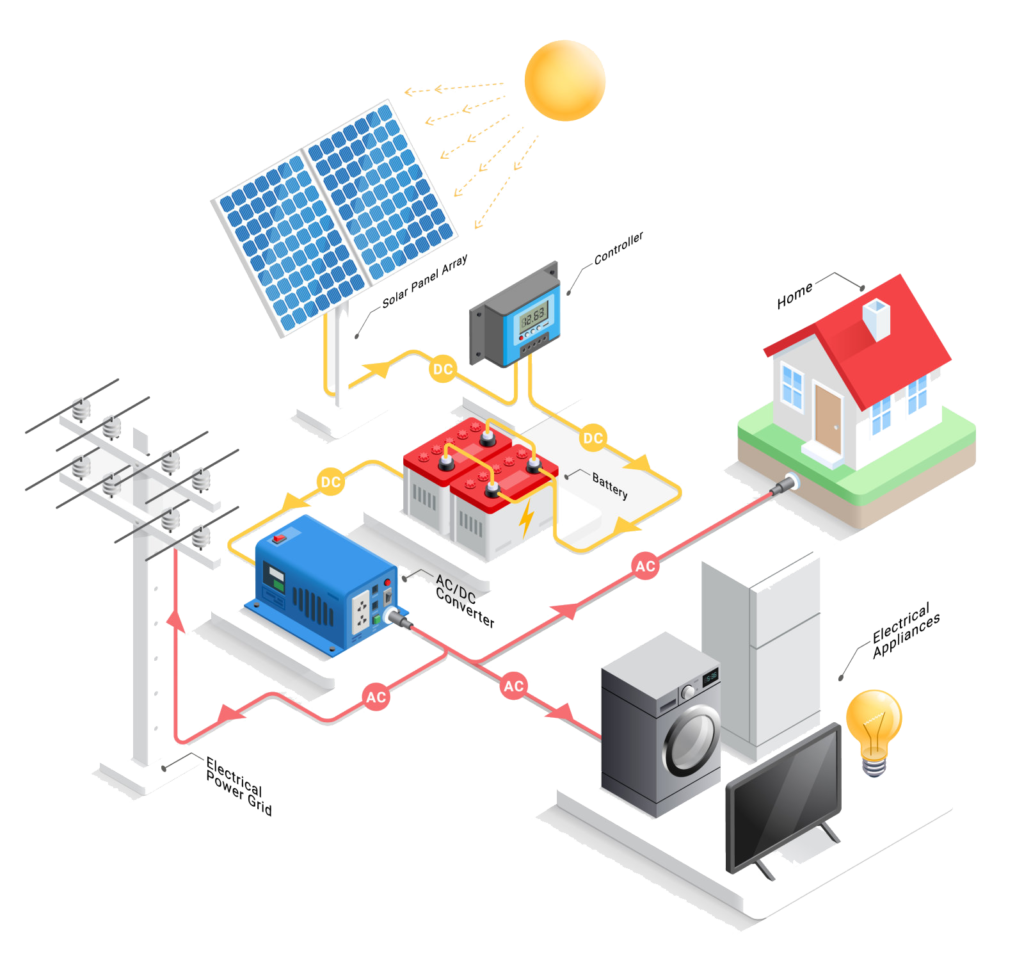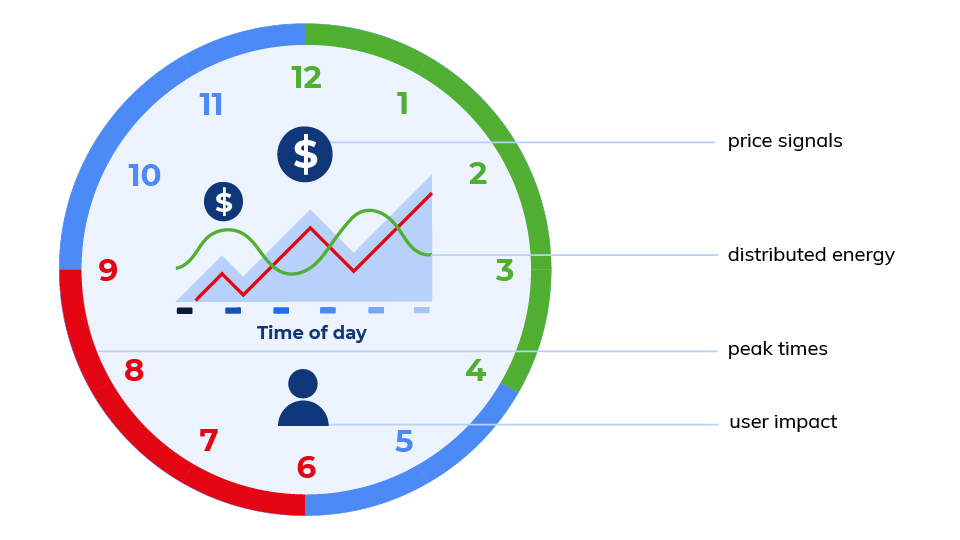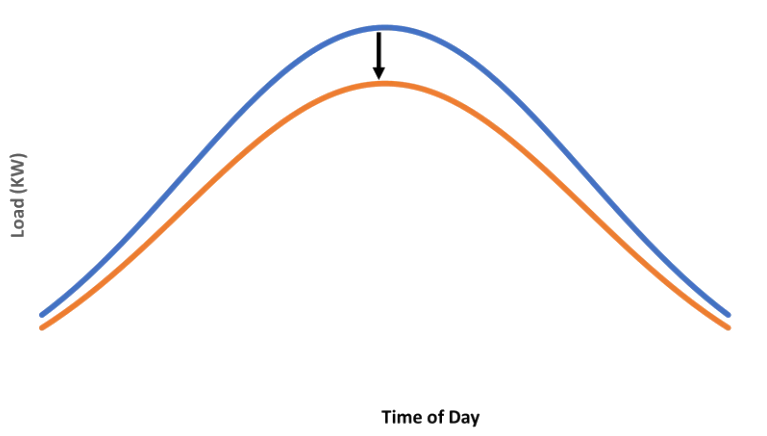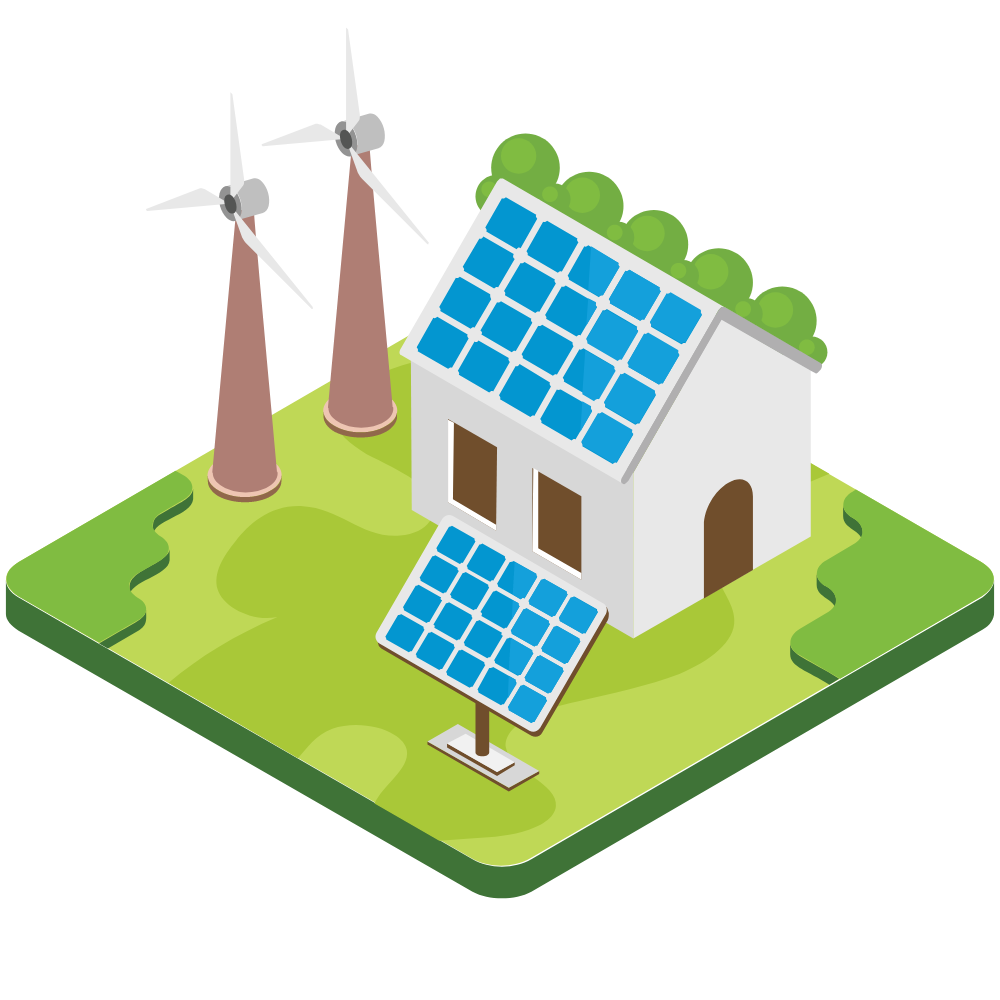Home Energy Storage Solution
Growing Adoption of Battery Eenrgy Storage
The role and impact of relevant and emerging energy storage technologies in the U.S. power sector across a range of potential future cost and performance scenarios have been explored in a multi-year study. The study found analysts expanded the capabilities of NREL’s Distributed Generation Market Demand model to simulate customer decisions on whether to adopt distributed storage paired with PV under different scenarios.
The analysis covers a broad range of storage technologies currently receiving significant attention from the investment community and media. Storage enables electricity systems to remain balanced despite variations in wind and solar availability, allowing for cost-effective deep decarbonization while maintaining reliability.

Integrate with solar for 24/7 clean energy
Solar energy generation is dependent on sunlight availability. By incorporating an energy storage system, excess electricity generated during the day can be stored for later use during periods of low or no sunlight, such as at night or during cloudy days. This helps to reduce dependence on the grid and provides a consistent power supply, enhancing energy independence.
Lithium Valley’s Residential Battery Storage system provides up to 30kWh of continuous backup power and cohesive load management for further protection. Energy storage systems allow homeowners to maximize the use of solar energy and reduce their carbon footprint.
Cost Savings

Time-of-Use Tariffs
Time-of-use tariffs are pricing schemes that charge different rates for electricity depending on the time of day. By storing energy during off-peak hours and using it during peak hours, energy storage systems can help customers save money on their electricity bills.

Reducing Large Peaks in Electrical Demand
Energy storage systems work best where demand charges can be reduced by reducing large peaks in electrical demand, and where electrical demand rates are highest. Based on recent industry analysis, demand charges of $15/kW or higher typically result in favorable economics for energy storage projects.

As the renewable power penetration increases, energy storage is going to be a quintessential part of the new power system architecture as it not only helps to balance out the variability in generation but could also enable the consumption of a higher proportion of self-generated renewable power by consumers and reduce the need to feed excess electricity back into the grid
Energy storage makes deep decarbonization of reliable electric power systems affordable. Widespread deployment of energy storage coupled with renewables can significantly reduce reliance on fossil fuel plants and lower carbon dioxide and other greenhouse gas emissions. By providing grid flexibility and stability, energy storage helps overcome intermittency issues with renewables and facilitates the transition to a more sustainable, low-carbon energy system.


Smart Home Connection
Home automation systems offer energy monitoring features that provide real-time data on energy consumption, which can be analyzed to identify energy-intensive devices, detect energy inefficiencies, and make informed decisions to reduce consumption.
Smart home energy management systems provide a comprehensive solution for monitoring and controlling energy usage. By connecting energy storage systems with smart home automation, homeowners can cover up to 50% of their annual energy needs using the electricity they have generated locally.

Incentives and Payment Options
Government Incentives and Rebates:
Federal Tax Credit
Homeowners can claim a federal tax credit of up to 26% of the cost of installing an energy storage system.
State-Level Incentives
Several states offer incentives for homeowners to install home energy storage systems, such as the Self-Generation Incentive Program in California.
Energy Storage Rebates
Some states offer energy storage rebates to encourage the growth of the storage industry, such as the SGIP program in California and the Long Island program in New York.
Financing Options:
Energy-Efficient Mortgages (EEMs)
EEMs can help homeowners qualify for a more expensive home by financing energy-efficient improvements.
Smart Energy Loans
Smart Energy Loans are traditional loans that homeowners repay monthly via check or automatic payment.
On-Bill Recovery Loans
Loan payments are paid through the homeowner's utility bill, and the balance may be transferred to a new owner when the home is sold.
EmPower+
Offers income-qualified homeowners a comprehensive, whole-house approach, plus discounts up to 50% of eligible improvement costs, to enhance energy.



